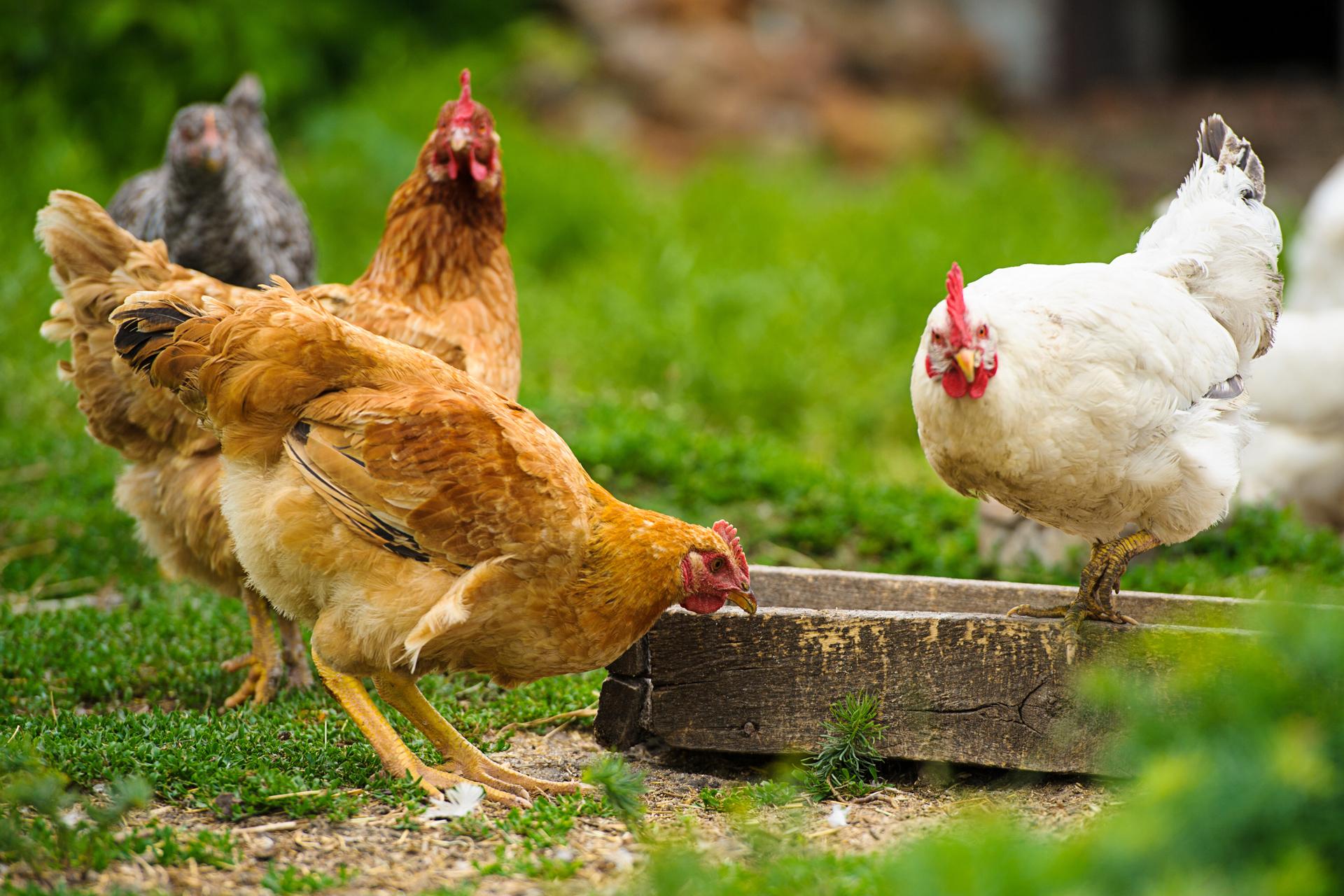Infectious bursal disease virus (IBDV) causes infectious bursal disease, also known as Gumboro disease.
The virus infects both domestic and wild birds, targeting immune system tissues. This results in immunosuppression, leaving infected birds open to other infections such as E. coli, Salmonella and Mycoplasma.
IBDV can be spread via direct contact or by contaminated feed, water and faeces. The virus is resilient and can persist in poultry housing for several months or longer, even after infected chickens are removed.
Clinical signs
- Depression and ruffling of feathers
- Lack of appetite
- Huddling
- Unsteady gate
- Reluctance to rise
- Diarrhoea (sometimes bloody)
- Increased rate of infection with secondary diseases
Virology
IBDV belongs to the family Birnaviridae, genus Avibirnavirus.
There are two serotypes, but only serotype 1 is pathogenic.
The virus is non-enveloped and has a capsid that contains a double stranded RNA genome that is split into two segments. These segments have the ability to rearrange (reassort). Very virulent strains of IBDV (vvIBDV) have mutations that allow the virus to replicate faster and increase disease severity.
Pirbright's research on infectious bursal disease virus
IBDV infection can lead to significant morbidity and mortality. Birds that recover may have impaired immune responses, increasing their susceptibility to other infections and reducing their ability to mount effective immune responses in vaccination programmes.
Current research projects are looking at the host factors involved in the viruses life cycle, determining the viral factors that affect IBDV virulence and their function, and evaluation of novel vaccines against IBDV.
